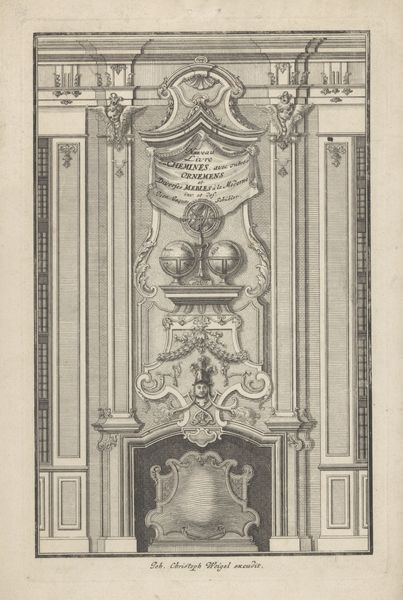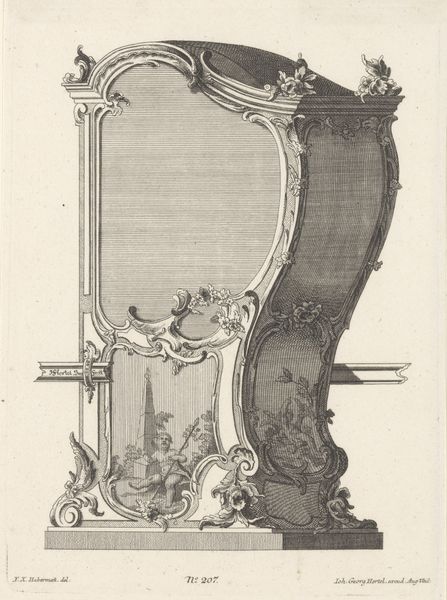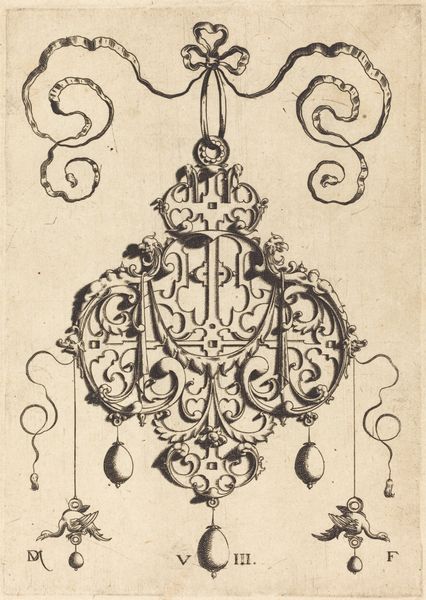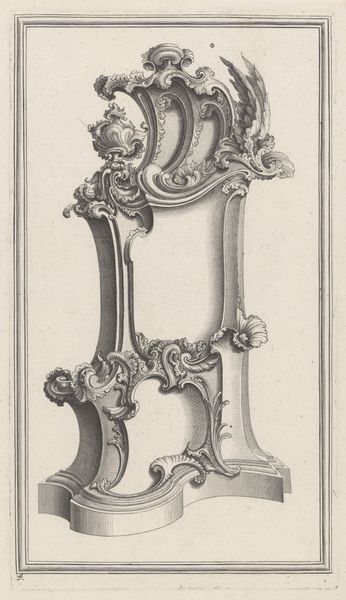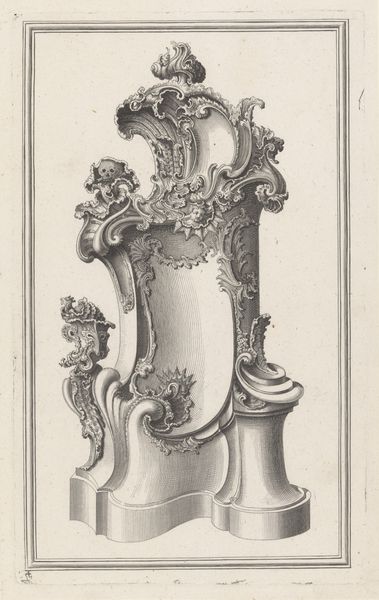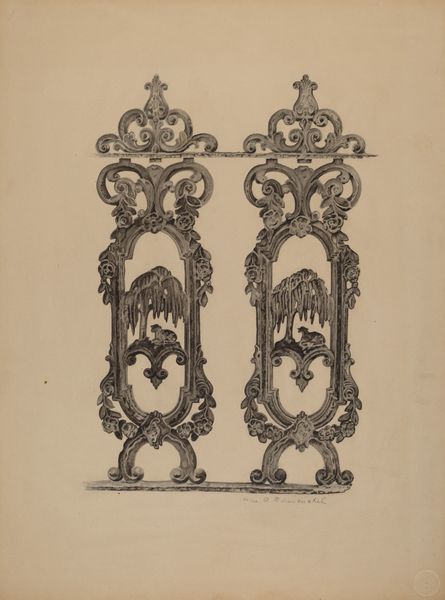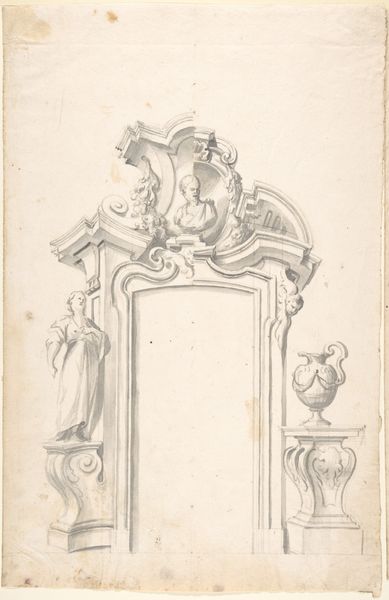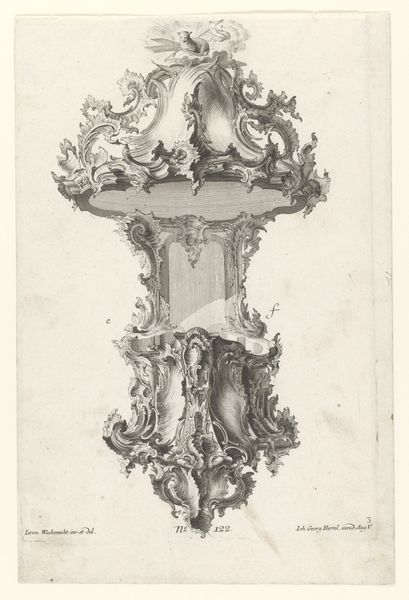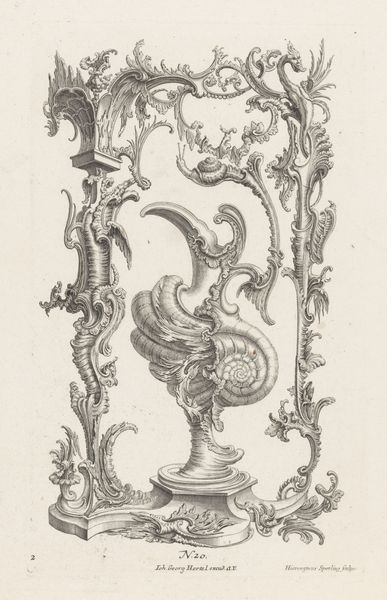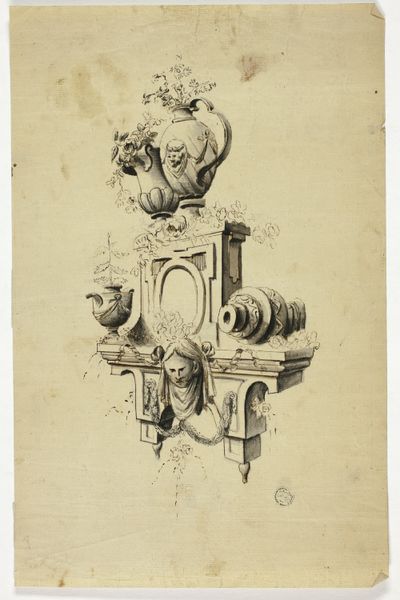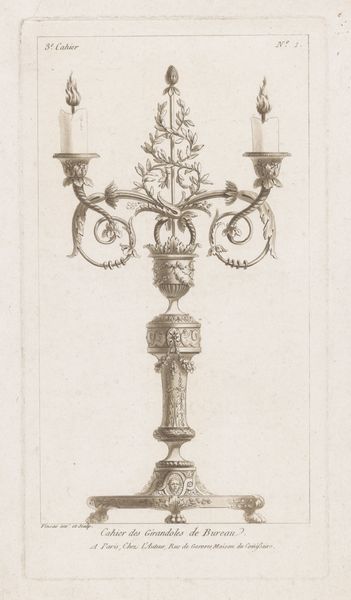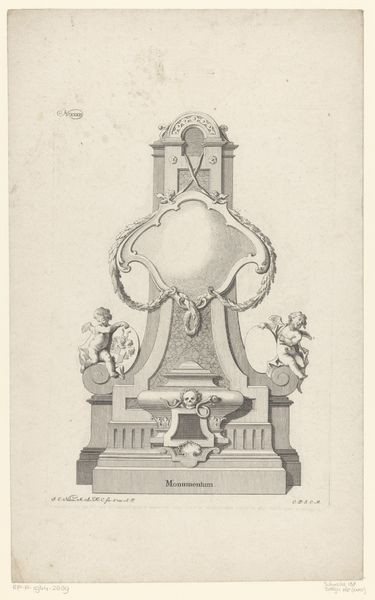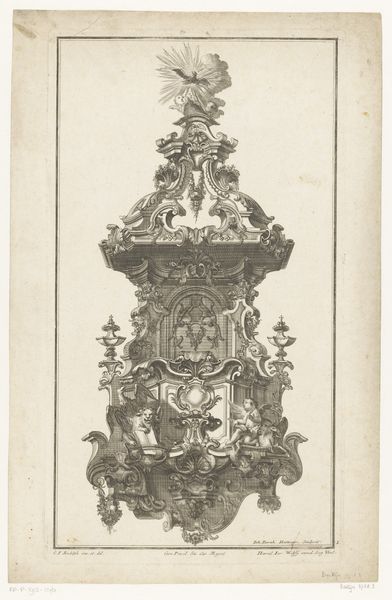
engraving
#
baroque
#
old engraving style
#
decorative-art
#
engraving
Dimensions: height 269 mm, width 199 mm
Copyright: Rijks Museum: Open Domain
Editor: Here we have "Pendule met putti", created between 1731 and 1788 by Johann Esaias Nilson. It's an engraving housed here at the Rijksmuseum. It strikes me as incredibly ornate. All those swirling details! What statements about Baroque taste can you make based on a piece like this? Curator: Well, first off, look at how this engraving showcases a design for a clock—it wasn't necessarily intended as 'high art,' but as a model, perhaps for commercial application. We have to consider how images like this circulated in 18th-century Europe, fueling decorative trends and influencing tastes across different social strata. Where might an artisan have encountered such a print? Editor: Perhaps in a trade guild? Or maybe even seen at a market. I guess these kinds of images were really fundamental for sharing design ideas. Curator: Precisely. And how does the clock itself function within the context of decorative art and social values? Timepieces then weren’t just about telling time; they were about status, wealth, and scientific advancement. This design, festooned with putti and Baroque flourishes, makes the clock less a functional object and more a symbolic one, tied to notions of leisure, enlightenment, and sophisticated consumption. It also has "Une Pendile" printed below. It implies to me, this was meant as design, not necessarily something for mass distribution. Would you agree with this assertion? Editor: Absolutely, it gives it the sense of individual craftsmanship rather than mechanical mass production. Almost like, I want this object and the ability to afford to create one just like it. Curator: It's fascinating how even a 'simple' design engraving reflects such a complex web of socio-economic and artistic influences. Editor: Definitely given me a broader appreciation of art's place within broader culture and not just as isolated objects. Curator: Precisely. Hopefully, others looking at art may adopt such thinking too.
Comments
No comments
Be the first to comment and join the conversation on the ultimate creative platform.
